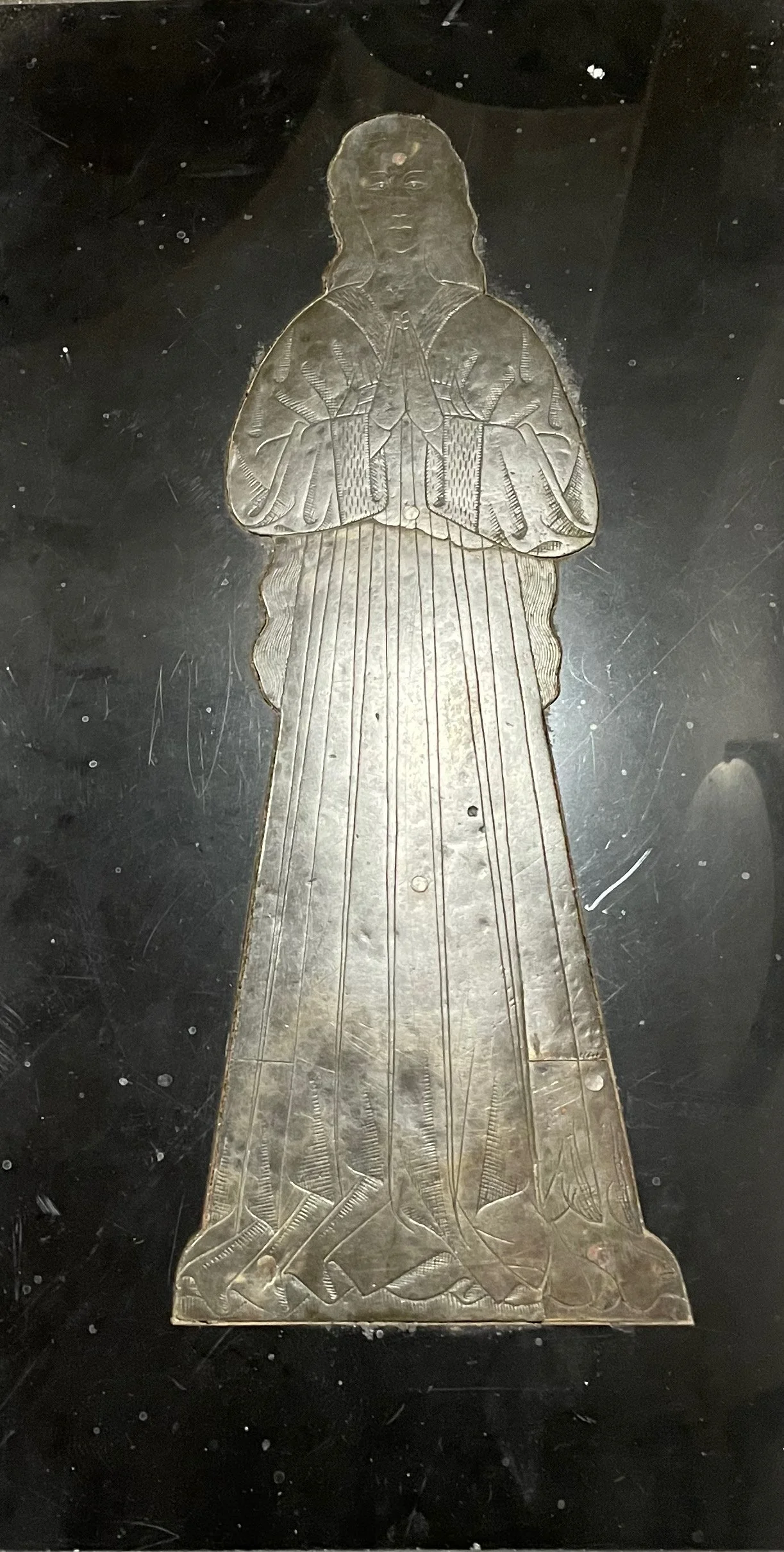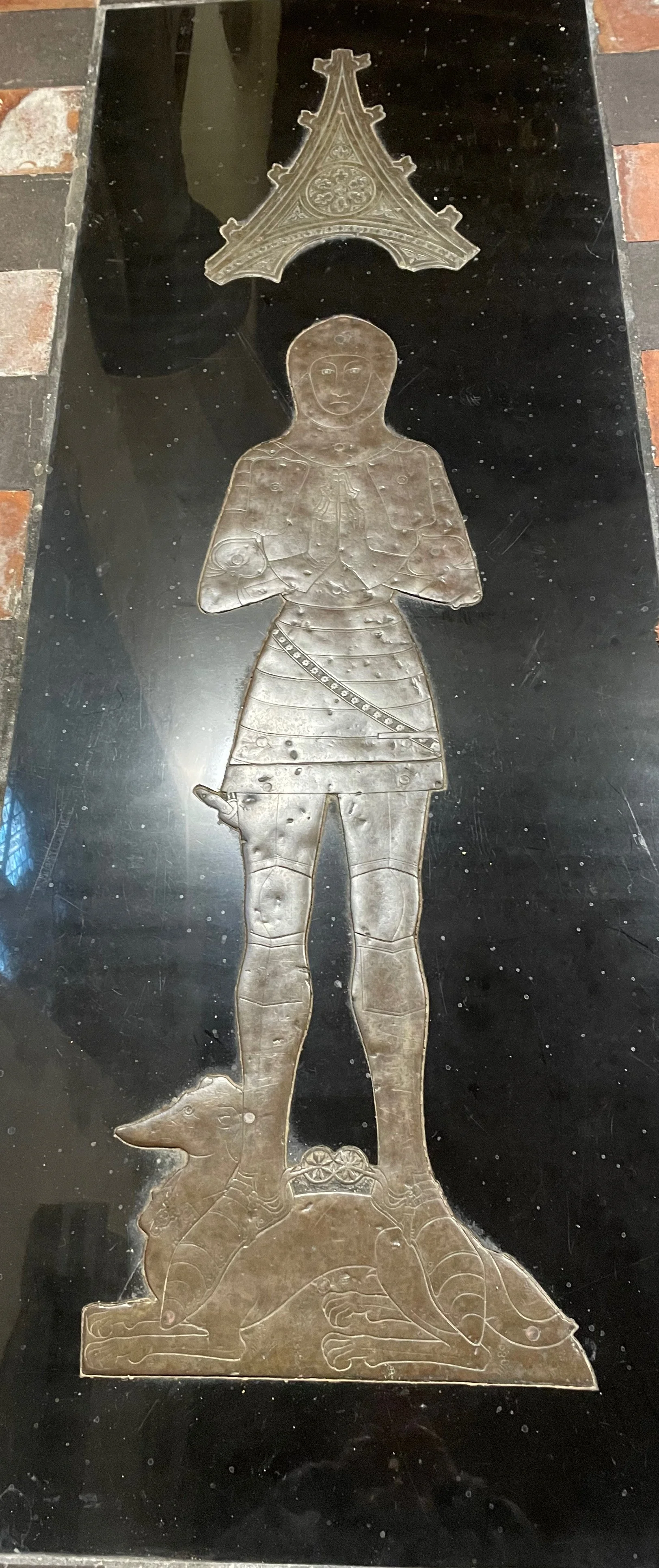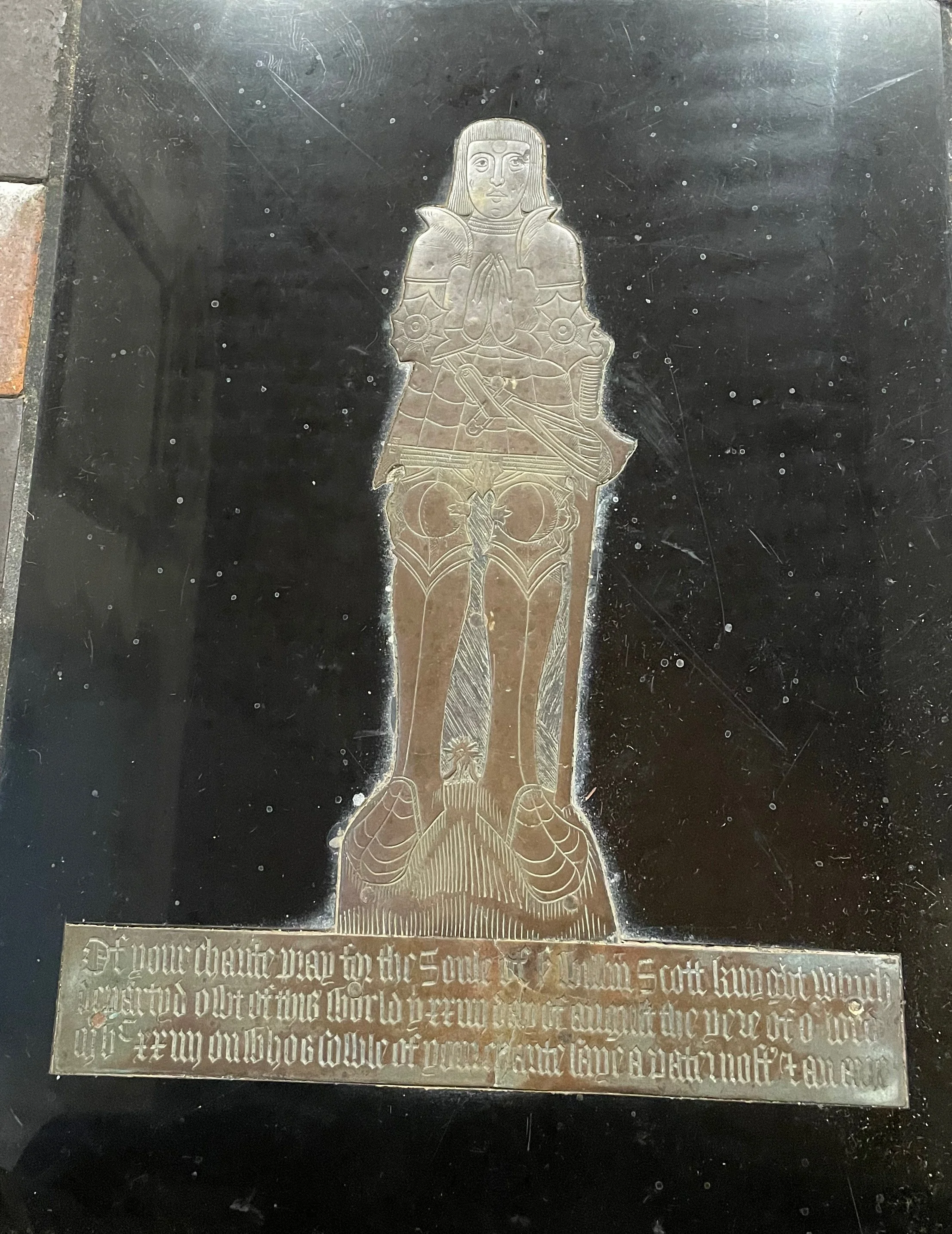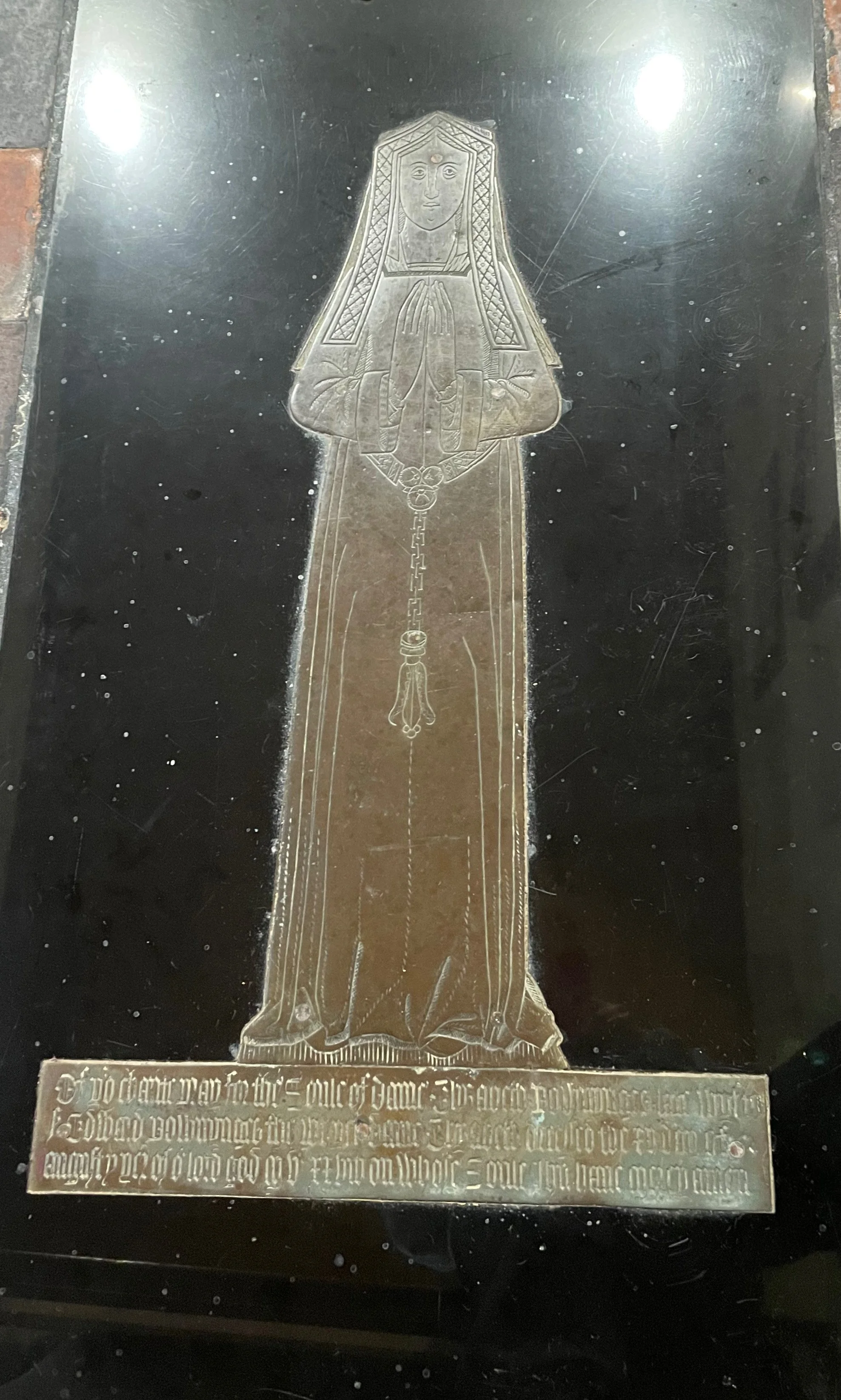There are a remarkable number of long-term residents, headed by the Knatchbulls who have been here over 500 years.
The Knatchbull family, of Norman origin and first known as farming on Romney Marsh, have owned Mersham Hatch estate since 1486. The history of the Knatchbull family is long. The title of Baronet was granted to Norton Knatchbull in 1641, and is still held by his descendants. Additionally, the title of Lord Brabourne was granted to Edward Knatchbull in 1880 in recognition of his service as an MP and Government minister.
The Varrier family, of French Protestant origin, took refuge in England in c1640, and members of that family have been living around Brabourne and neighbouring Stowting ever since. John Varrier, a churchwarden for over 30 years, and a lay preacher, was instrumental in setting up the Friends Charity.
The Hammon family also have been around the area for over 300 years. The earliest known Hammon ancestor was in Sellindge c1680. The Andrews have been farming at Little Granary Court for over 100 years, and the Ames, Ashdown, Brooks, Cooper, Dodd, Dryland, Finn, Hickmott, Howland, Jamieson, Marsh, Morris, Norrington and Smith families have been here since Queen Victoria's day.
The Scott family of Scot’s Hall gives links with a wide range of aspects of local and national history from 1290 to 1789. Their seat was Scot's Hall, or rather the Scot's Hall of the time. There were three successive buildings: the first was near Brabourne church, but hardly any traces of that building remain. Two subsequent Halls were built later, on more or less the same site in nearby Smeeth.
The Scott chapel, originally called the Chapel of the Holy Trinity, dates from 1420 and contains many interesting memorials to the Scott family.
There are four very fine brasses. Two, made in the 15th century, are in memory of Sir William Scott (d.1433), and of his wife, Isabel, later Lady Clifton. Sir William was Sword -bearer to Henry V at the time of his decisive victory over the French at Agincourt.
The other two are 16th century. One commemorates Sir William Scott (d.1524). He was High Sheriff of Kent four times, Lord Warden of the Cinque Ports, Constable of Dover Castle, in the retinues of King Henry VII at Calais in 1500, and of Henry VIII at the Field of the Cloth of Gold in 1520. The last brass portrays Dame Elizabeth Powynges, daughter of Sir John Scott (d1485), whose tomb is in the church and wife of Sir Edward Poynings of Ostenhangar Castle, which was later incorporated into the manor of Westenhanger.
The Scott Chapel commemorates many generations of the Scott family, not all of whom have individual memorials in the church. Many are buried under the floor of the chapel or elsewhere.
There are a total of 38 memorials in the church of which the vast majority relate to members of the Scott family. The Scott Chapel contains 15 memorials.
The Four Scott Family Floor Brasses
-

Isabel, Lady Clifton died 1450
-

Sir William Scott died 1433
-

Sir William Scott died 1524
-

Dame Elizabeth Pownynges died 1528